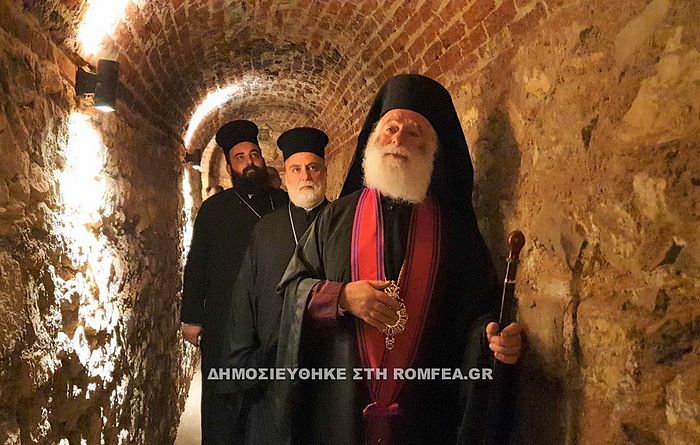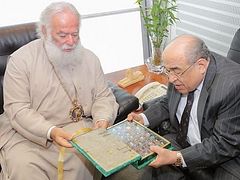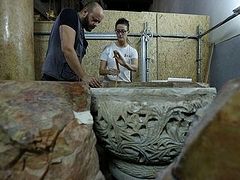Cairo, June 9, 2020
Ancient catacombs under the site where Christ lived with His Most Pure Mother and St. Joseph for three years in Cairo were blessed and reopened yesterday, with the celebration of the Divine Liturgy.
The Patriarchate of Alexandria had decided several months ago to renovate the St. George Catacombs and to create a meeting place of religion, culture, and history, and yesterday, Patriarch Theodoros of Alexandria blessed the renovated space and consecrated the new chapel dedicated to St. Fanourios located within the catacombs, several meters below the ground, reports Romfea.
“A dream came true today,” the Patriarch said during the service, noting that after the St. George Rotunda was renovated, it was time to take care of the catacombs, which recall the terrible era of persecution in the early Christian Church.
The catacombs are located under the rotunda, part of the Holy Patriarchal Monastery of St. George, where, according to Church Tradition, St. George was martyred, and where the Holy Family spent three years with the infant Christ.
“Here, in the new chapel in the catacombs of St. George of Old Cairo, the Divine Liturgy was heard again today for the first time, proving the eternal nature of the monastery, giving a message of love and peace to all peoples,” Pat. Theodoros said.
The Patriarch also signed the antimension for the altar in the new chapel.






